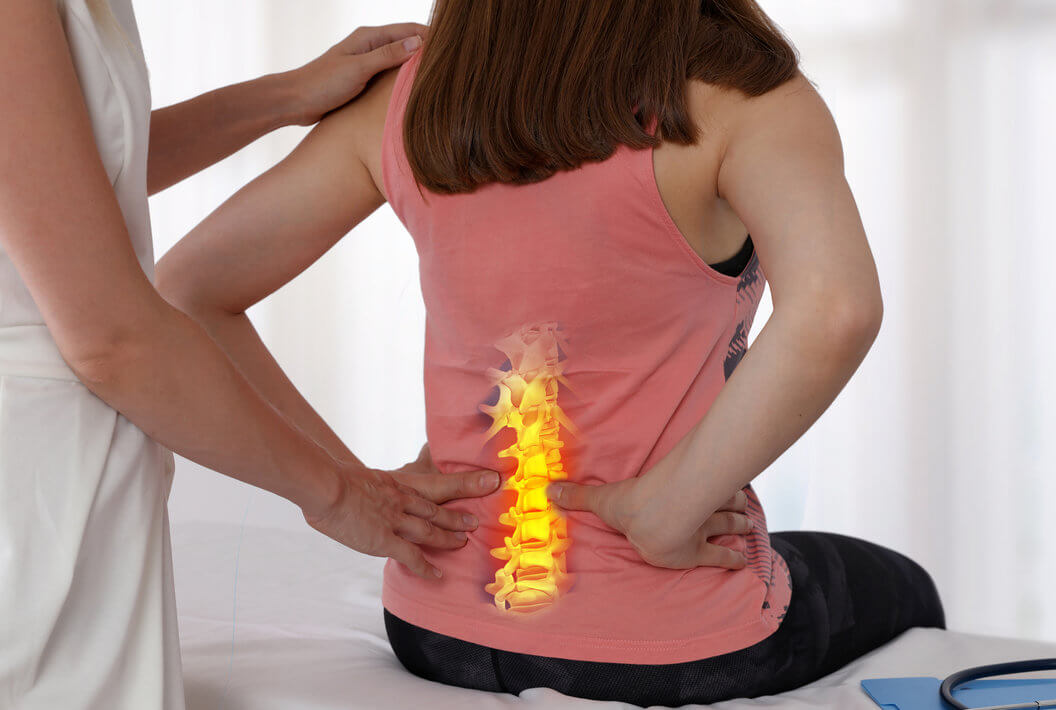This service or treatment is generally covered by most health insurance policies. You are responsible for checking your insurance policy cover, and you may need a referral letter. Check which insurance companies are covered.
Endoscopic Microdiscectomy
This is a minimally invasive spinal surgery technique that uses an endoscope to treat a herniated disc.

Why you might need?
This is a minimally invasive spinal surgery technique that uses an endoscope to treat a herniated disc. The aim is to treat back pain, leg pain, pins and needles and numbness caused by pressure on the nerve roots. This pressure is caused by a prolapsed disc pressing on the nerve root in the lumbar spine. A tear in the outer ring (annulus fibrosus) of the disc allows the soft central portion (nucleus pulposus) to bulge out.
The piece of the prolapsed disc is removed and this will free up the nerve. The procedure is done when conservative methods of management such as rest, physiotherapy, anti-inflammatory drugs and injections have failed to give adequate relief. This minimal approach as opposed to open micro discectomy surgery means less tissue damage, less postoperative pain, quicker rehabilitation, quicker recovery and avoidance of general anaesthesia. You will probably have had an MRI scan with confirms a degree of compression on one of the nerves in your lower back caused by a disc herniation.
Treatment Info
An anaesthetist will discuss with you the type of anaesthetic used and the process they will follow. You will be given the opportunity to ask any questions and raise any concerns you may have with the anaesthetist.
The operation is often performed under sedation not a full General Anaesthetic (GA), with the patient lying face down in the operating theatre. A small incision is made in the skin over the back of the patient, just above the disc space. A guide wire and tube is inserted and then the endoscope is inserted through the tube. Muscle and tissue are retracted rather than cut when accessing the disc which saves the tissue. The excellent visualisation via the endoscope allows the surgeon to selectively remove a portion of the herniated disc that is contributing to the patients’ leg and back pain. The endoscope has a camera and a light source which allow good visualisation of the area and precise removal of the tissue. Only the herniated part of the disc will be removed. The incision will be closed with sutures, staples or steri-strips and a dressing will be applied to the wound. You will spend a short time in recovery after the operation before returning to your room.
Most patients experience a significant reduction in their back and leg pain after the procedure. The numbness and tingling sensations may take some time to resolve.
Treatment Preparation
Your consultant will provide you with all the relevant information before your procedure along with any preparation you may need to do in the days leading up to your surgery. It is important to tell your consultant about any medicines you may be taking, including any over the counter pain medicines such as paracetamol or aspirin.
You may need radiological (imaging) tests before your surgery, including ultrasound, x-ray or an MRI scan.
Do not eat (this includes chewing gum) or drink for 6 hours before you are due to have surgery otherwise your surgery may be delayed or rescheduled.
Please ensure you have a competent adult available to take you home after you leave OneWelbeck Orthopaedics.
Treatment Risks
As with any surgery, there can be risks including:
- Incision (scar) pain
- Infection in the wound
- Bleeding
- Nerve injury
- Cauda equina syndrome
- Cerebrospinal fluid leak (CSF) leak
- Recurrence of the disc herniation
- Deep Vein Thrombosis (DVT)
Treatment Recovery
After your surgery, you will be watched by your dedicated nurse at OneWelbeck Orthopaedics for the few hours afterwards. Once you have seen your Consultant you will be able to go home the same day. It is important to rest to give your injury the best chance of healing.
Make sure you follow any advice given to you by your consultant surgeon including any advice on pain relief, wound dressing and any exercises you may be given.
A follow up appointment will be made for you in 2 weeks’ time to see the consultant and have your staples or stitches removed.



